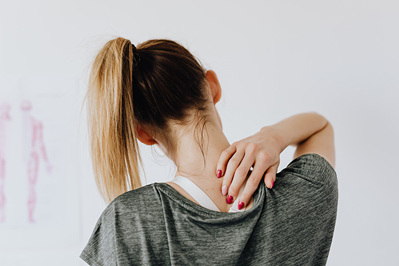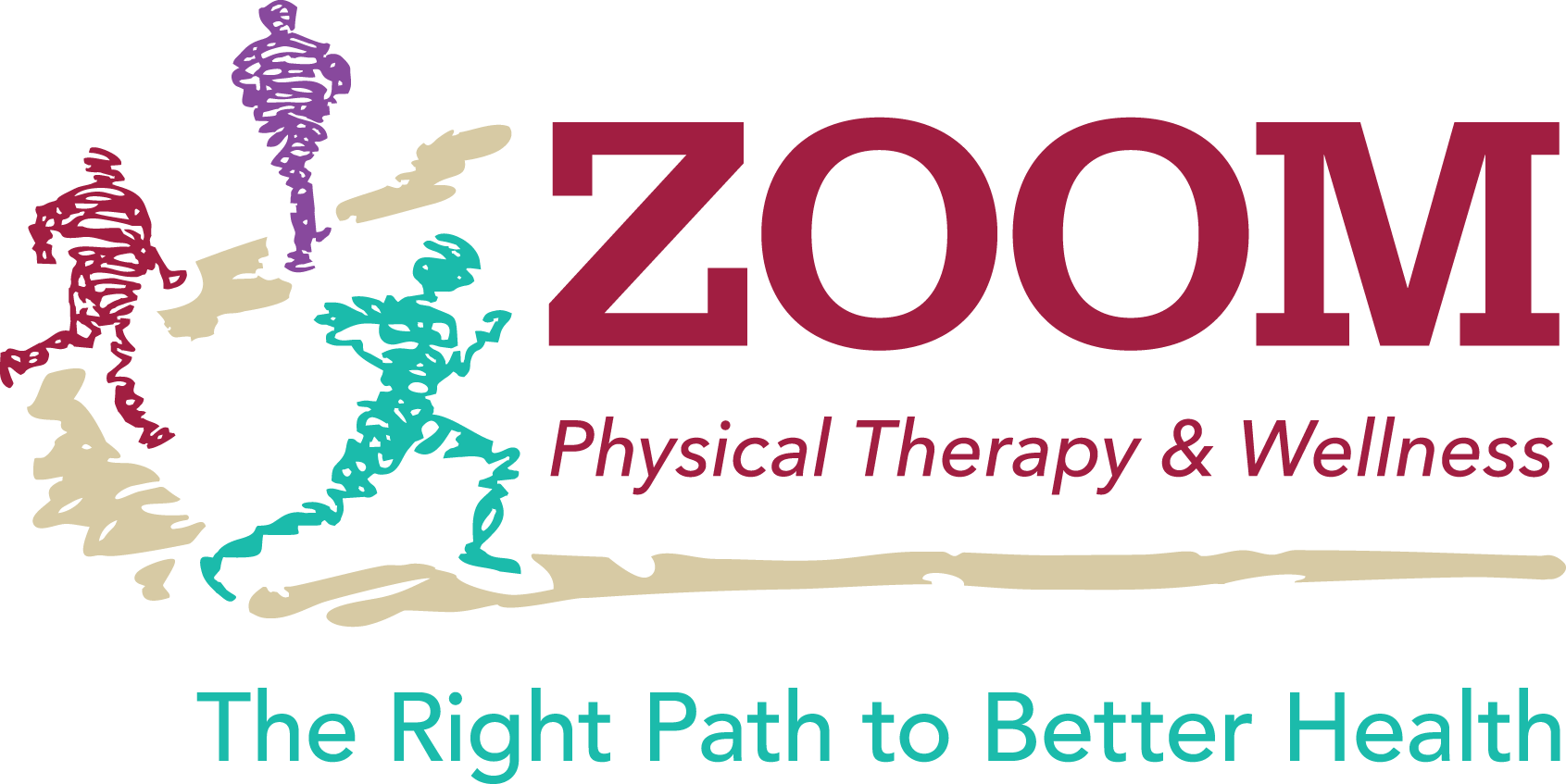 The cervical spine is composed of vertebrae that begin at the base of the skull and end in the upper back connecting to the thoracic spine. The bony vertebrae along with the ligaments (which are comparable to thick rubber bands) provide stability to the spine. The muscles allow for support and motion. The neck has a significant amount of motion and supports the weight of the head. However, because it is less protected than the rest of the spine, the neck can be vulnerable to injury and disorders that produce pain and restrict motion. For many people, neck pain is a temporary condition that disappears with time. Others need medical diagnosis and treatment to relieve their symptoms. Neck pain is discomfort in any of the structures in the neck. These include muscles and nerves as well as spinal vertebrae and the cushioning disks in between.
The cervical spine is composed of vertebrae that begin at the base of the skull and end in the upper back connecting to the thoracic spine. The bony vertebrae along with the ligaments (which are comparable to thick rubber bands) provide stability to the spine. The muscles allow for support and motion. The neck has a significant amount of motion and supports the weight of the head. However, because it is less protected than the rest of the spine, the neck can be vulnerable to injury and disorders that produce pain and restrict motion. For many people, neck pain is a temporary condition that disappears with time. Others need medical diagnosis and treatment to relieve their symptoms. Neck pain is discomfort in any of the structures in the neck. These include muscles and nerves as well as spinal vertebrae and the cushioning disks in between.
Consideration
When your neck is sore, you may have difficulty moving it, especially to one side. Many people describe this as having a stiff neck
If neck pain involves nerves, you may feel numbness, tingling, or weakness in your arm, hand, or elsewhere.
Causes
A common cause of neck pain is muscle strain or tension. Usually, everyday activities are to blame. Such activities include bending over a desk for hours, having poor posture while watching TV or reading, placing your computer monitor too high or too low, sleeping in an uncomfortable position, or twisting and turning the neck in a jarring manner while exercising.
Extreme accidents or falls can cause severe neck injuries like vertebral fractures, whiplash, blood vessel injury, and even paralysis.
Other causes include:
- Other medical conditions, such as fibromyalgia.
- Cervical arthritis.
- Ruptured disk.
- Small fractures to the spine from osteoporosis.
- Spinal stenosis (narrowing of the spinal canal)
- Sprains
- Infection of the spine (osteomyletis, diskitis, abscess)
- Cancer that involves the spine
Home Care
For minor, common causes of neck pain:
- Take over-the-counter pain relievers such as ibuprofen (Advil, Motrin IB) or acetaminophen (Tylenol).
- Apply heat or ice to the painful area. One good method is to use ice for the first 48 - 72 hours, then use heat after that. Heat may be applied with hot showers, hot compresses, or a heating pad. Do not fall asleep with a heating pad or ice bag.
- Stop normal physical activity for the first few days. This helps calm your symptoms and reduce inflammation.
- Perform slow range-of-motion exercises -- up and down, side to side, and from ear to ear -- to gently stretch the neck muscles.
- Have a partner gently massage the sore or painful areas.
- Try sleeping on a firm mattress without a pillow or with a special neck pillow.
- Use a soft neck collar for a short period of time to relieve discomfort. Using one too long can make your neck muscles weaker.
You may want to reduce your activity only for the first couple of days. Then slowly resume your usual activities. Do not perform activities that involve heavy lifting or twisting of your back or neck for the first 6 weeks after the pain begins. After 2 - 3 weeks, slowly resume exercise. A physical therapist can help you decide when to begin stretching and strengthening exercises and how to do them.
Prevention
The following steps can prevent neck pain or help your neck pain improve:
- Use relaxation techniques and regular exercise to prevent unwanted stress and tension to the neck muscles.
- Learn stretching exercises for your neck and upper body. Stretch every day, especially before and after exercise. A physical therapist can help.
- Use good posture, especially if you sit at a desk all day. Keep your back supported. Adjust your computer monitor to eye level. This prevents you from continually looking up or down.
- If you work at a computer, stretch your neck every hour or so.
- Use a headset when on the telephone, especially if answering or using the phone is a main part of your job.
- When reading or typing from documents at your desk, place them in a holder at eye level.
- Evaluate your sleeping conditions. Make sure your pillow is properly and comfortably supporting your head and neck. You may need a special neck pillow. Make sure your mattress is firm enough.
- Use seat belts and bike helmets to prevent injuries.
Empowering You
The Right Path to Better Health
We believe in teaching you how to take control of your condition and empowering you toward independence and freedom. Most patients heal faster when they are educated on self and home care techniques. Call us today to get started!
